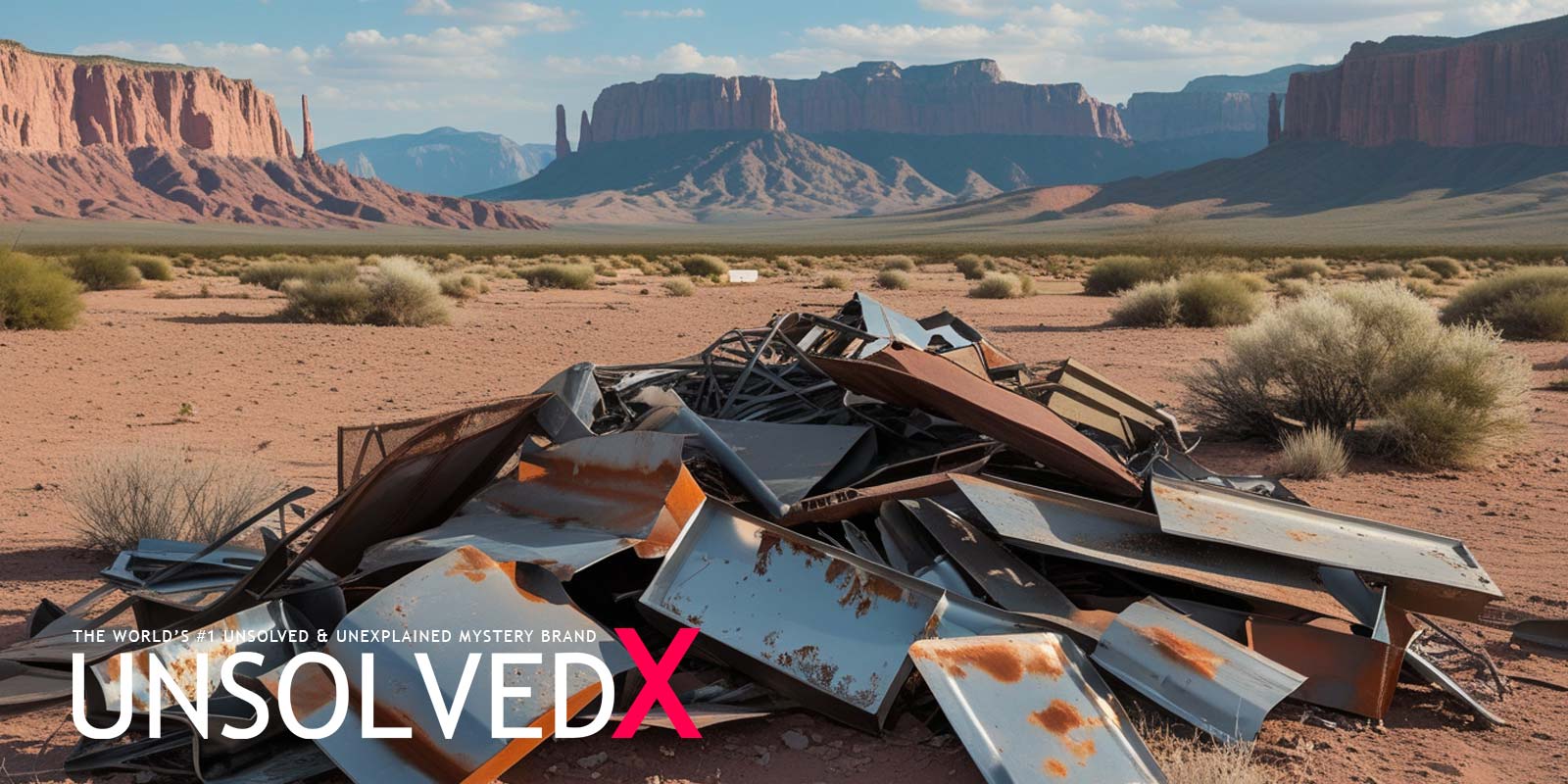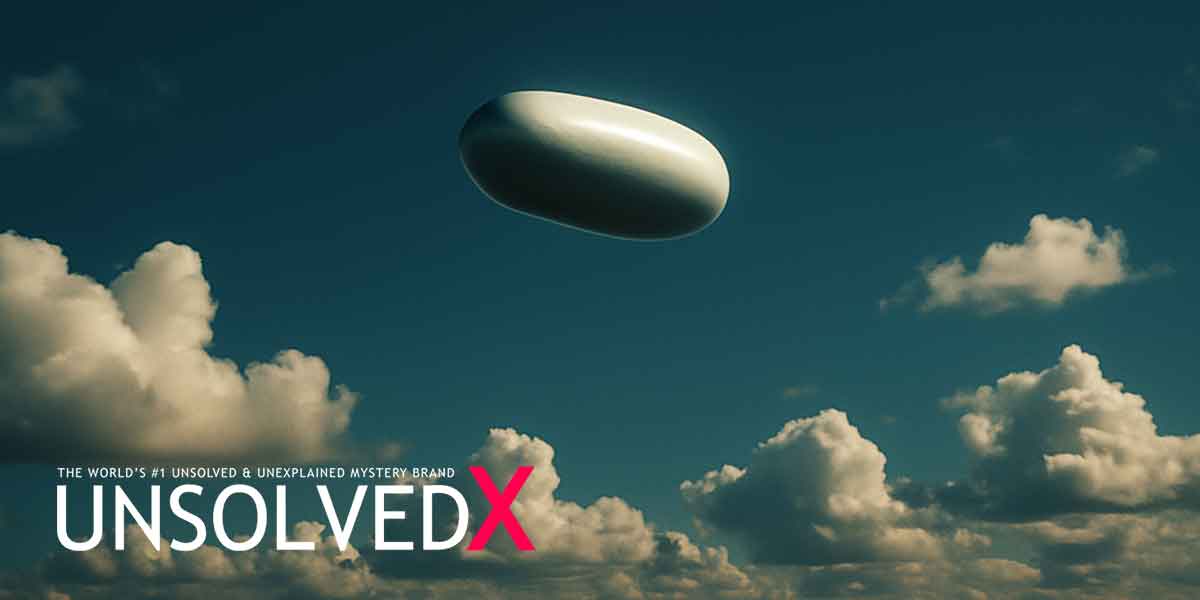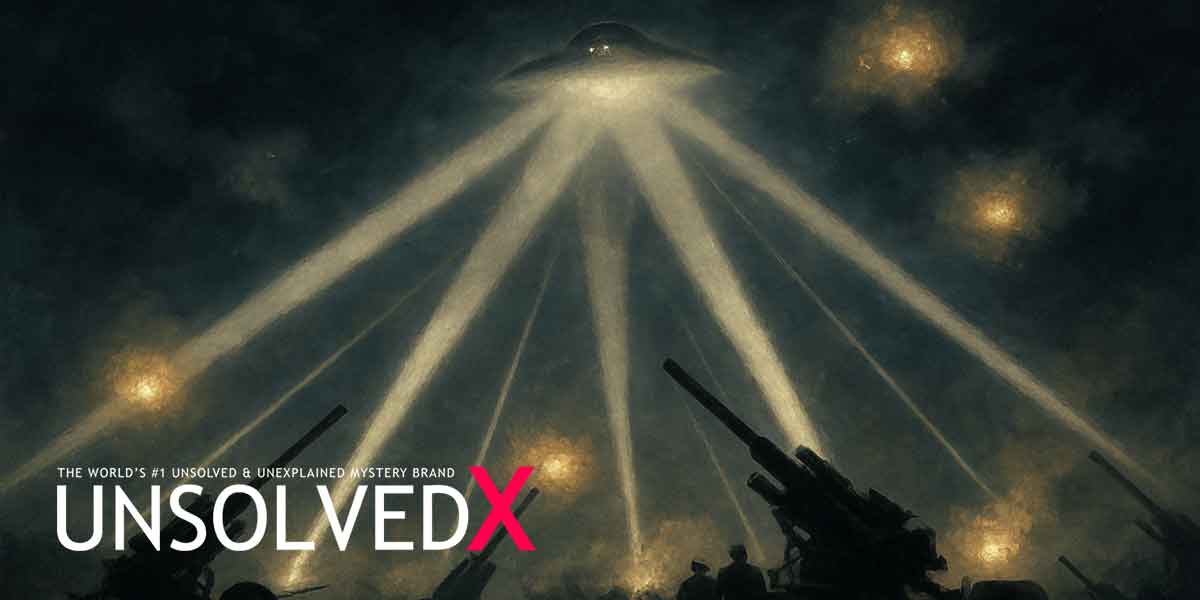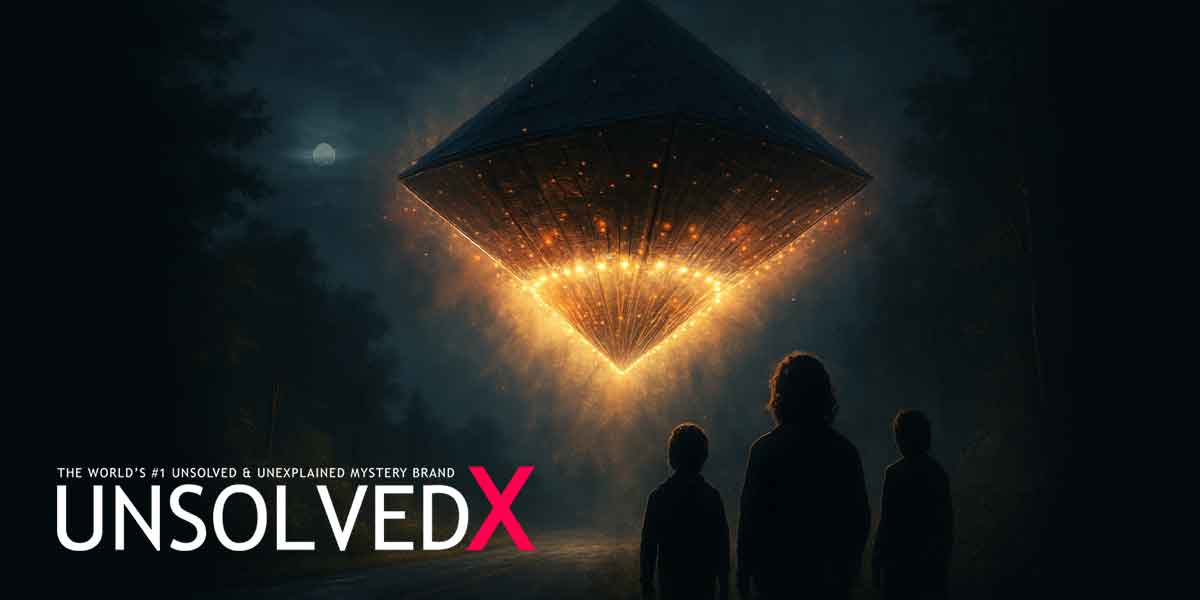Unraveling the Other Roswell
In March 1948, a sensational story emerged from the arid deserts of Aztec, New Mexico, claiming that a 100-foot flying saucer had crash-landed in Hart Canyon, just 12 miles northeast of the small town. The tale, often dubbed the "other Roswell" due to its proximity to the 1947 Roswell incident, alleged that the U.S. military swiftly recovered the craft, which contained the bodies of 16 humanoid aliens. This narrative first gained traction through the writings of Frank Scully, a columnist for Variety magazine, who published the account in 1949 and later expanded it in his 1950 book, Behind the Flying Saucers. Scully’s story captivated a post-war America already gripped by UFO fever, with claims that the saucer operated on "magnetic principles," hailed from Venus, and carried provisions like concentrated food wafers and heavy water. The allure of extraterrestrial visitors, combined with whispers of a government cover-up, made the Aztec incident a cornerstone of early UFO lore.
Scully’s account leaned heavily on the testimonies of alleged insiders, including scientists and military personnel, who claimed the craft was whisked away to secret facilities, possibly Wright-Patterson Air Force Base in Ohio. He described the aliens as small, humanoid figures, and the craft’s dimensions as curiously "divisible by nine," a detail that sparked both intrigue and skepticism. However, the story’s credibility hinged on two key figures: Silas M. Newton and Leo A. Gebauer, who fed Scully much of his information. These men claimed to have access to alien technology recovered from the crash, which they used to pitch "doodlebug" devices—purportedly capable of detecting oil, gas, and gold. The public’s fascination with the story was undeniable, spawning cultural touchstones like the Aztec UFO Symposium, a fundraiser run by the Aztec library from 1997 to 2011, and even inspiring elements of the 1968 film The Bamboo Saucer. Yet, beneath the surface, cracks in the story’s foundation were already forming.
The Hoax Exposed and Its Fallout
By the mid-1950s, the Aztec UFO story unraveled when investigative journalist J.P. Cahn, writing for the San Francisco Chronicle, exposed Newton and Gebauer as con men. Cahn’s investigation revealed that the duo had fabricated the crash to bolster their fraudulent scheme, selling their doodlebug devices to gullible investors by claiming they were based on alien technology. When Cahn requested a sample of the supposed extraterrestrial metal, the pair provided a piece that laboratory tests confirmed was ordinary aluminum. This revelation discredited the Aztec incident in the eyes of many, including prominent ufologists, who distanced themselves from the story through the 1950s and 1960s. Science writer Martin Gardner further dismantled Scully’s claims, criticizing the book’s "wild imaginings" and "scientific howlers," such as the implausible Venusian origin of the craft. The exposure of the hoax dealt a blow to early UFO research, casting a shadow over legitimate inquiries into unexplained aerial phenomena.
Despite its debunking, the Aztec story refused to fade entirely. The cultural climate of the 1970s, marked by distrust in government following events like Watergate, fueled a resurgence of interest. Ufologists like Leonard Stringfield and Robert Spencer Carr revived the narrative, alleging that the crash was real and that alien bodies were stored in a mythical "Hangar 18" at Wright-Patterson. These claims, though lacking verifiable evidence, intertwined with Roswell’s mythology, as both incidents shared themes of recovered alien craft and government secrecy. A 2013 FBI memo, known as the Hottel memo, briefly reignited debate when some ufologists pointed to it as evidence of the Aztec crash. However, the FBI dismissed it as a "second- or third-hand claim" they never investigated, likely tied to the original hoax. The persistence of the story, despite its fraudulent roots, underscores the enduring human fascination with the unknown and the power of a well-crafted mystery.
Modern Perspectives
In recent decades, researchers like Scott and Suzanne Ramsey, along with Frank Thayer, have attempted to rehabilitate the Aztec incident’s reputation through their book, The Aztec UFO Incident. Spending over 30 years and $500,000, the Ramseys unearthed new witnesses and documents, arguing that the crash was genuine and that the hoax label was part of a deliberate government disinformation campaign to protect Cold War-era secrets. They point to testimonies from oil workers and police officers who claimed to have seen the saucer and were sworn to secrecy by military personnel, as well as a concrete slab near the crash site some believe was used in the recovery operation. However, critics argue that these accounts, often secondhand and collected decades later, fail to overcome the original fraud exposed by Cahn. The Ramseys’ work, while meticulous, remains controversial, with many in the UFO community still viewing Aztec as a cautionary tale of credulity.
Today, the Aztec UFO hoax serves as both a historical curiosity and a lens into the cultural dynamics of the UFO phenomenon. The crash site, marked by a plaque placed by Scott Ramsey in 2007 and a rock formation resembling an alien face from above, draws occasional visitors along the Alien-Run Mountain Biking trails in Hart Canyon. While the story’s fraudulent origins are well-documented, its influence persists in UFO narratives, from Roswell’s alien autopsies to modern conspiracy theories about reverse-engineered alien technology. The Aztec incident reminds us of the delicate balance between skepticism and wonder in exploring the unexplained. For unsolved mystery enthusiasts, it stands as a testament to the enduring allure of stories that challenge our understanding of the universe, even when rooted in deception. As with Roswell, the truth behind Aztec may forever elude us, but its place in the tapestry of American folklore is secure.









Comments
Comments section coming soon!